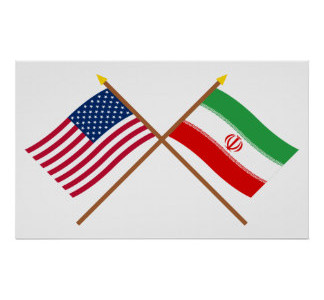Negotiating Tactics: Iran – USA Talks
Negotiating Tactics: Iran – USA Talks
While international diplomacy is in many ways far removed from the business world, the two realms share much in common when it comes to the principles for good negotiations. The following analysis looks at the techniques used by the United States and Iran in the recent nuclear negotiations. One can debate whether the deal that was reached is a good one for the United States. The author’s point, however, is that with better negotiating tactics, the United States might have been able to achieve more of what it wanted. –Patrick Clawson for The Mobus Team
Apr 6, 2015
WSJ Think Tank
How Iran Outmaneuvered the U.S. in Nuclear Talks
By Michael Singh
Whether one views the “key parameters” of the Iran nuclear deal announced Thursday as good or bad, it is hard to deny that they hew more closely to Iran’s long-held demands than to those of the United States. So why is this particular deal, and not a different one, what was reached?
A “zone of possible agreement” is key to any negotiation. That is, all parties must find the range of outcomes preferable to no deal. If such a zone is present, then which of the possible agreements is reached depends on negotiating tactics.
Much of the debate in the U.S. during the talks focused on alternatives: What are they, and are they better or worse than whatever deal comes of the negotiations? How U.S. allies, Congress, and the public answer these questions determines the reception of any final agreement, which is why the administration and its critics have clashed so fiercely to frame those answers.
When it comes to the no-deal options, a clear difference has emerged between Iran and the United States. Whatever the reality, Iran has consistently asserted that it can live without a deal. And it didn’t stop at rhetoric: Tehran has worked to improve its no-deal options and worsen those of the United States, such as by pursuing deals to circumvent sanctions and pressing its campaign for influence in the Middle East as the talks proceeded. Meanwhile, the U.S. has done the opposite: playing down the likelihood or likely efficacy of new sanctions and emphasizing the dangers of conflict while doing little to counter Iranian regional activities. The Obama administration’s negative view–aired publicly–of military conflict and its other alternatives to a deal appear to have driven its willingness to make concessions, and Iran’s willingness to stand fast, more than any other factor.
In negotiations, once potential outcomes are identified they must be compared to each other and not only to the no-deal options. Which of the possible deals is achieved comes down to tactics at the table. On this score, the Iranians lived up to their reputation as savvy negotiators…
See the rest of the article here: “How Iran Outmaneuvered the U.S. in Nuclear Talks”
Michael Singh is managing director of the Washington Institute for Near East Policy. From 2005 to 2008, he worked on Middle East issues at the National Security Council. He is on Twitter: @MichaelSinghDC.

